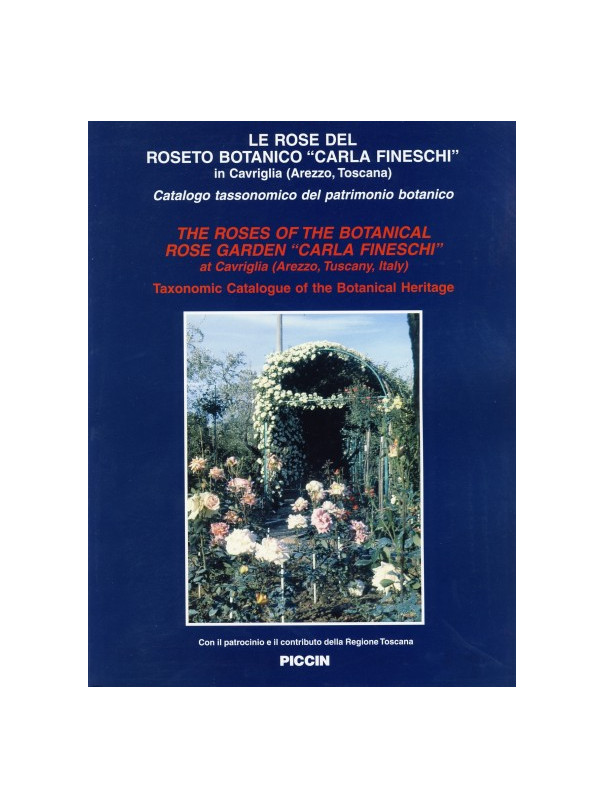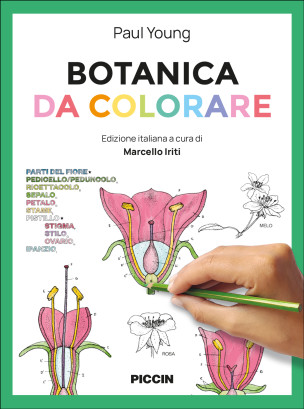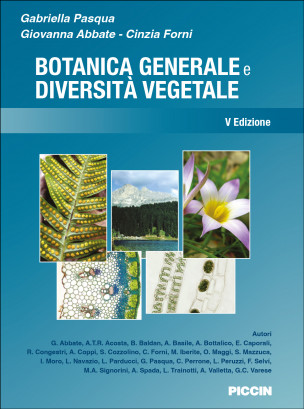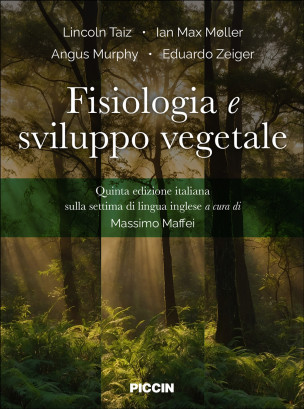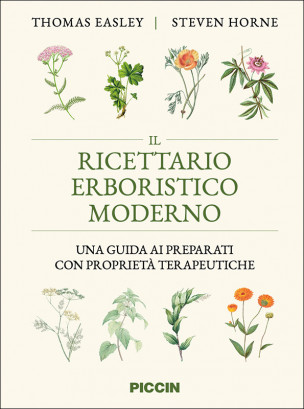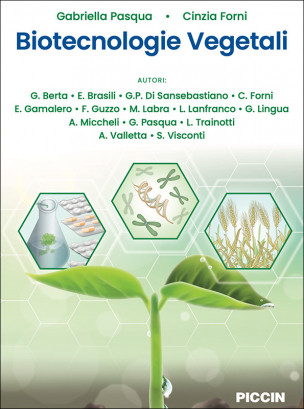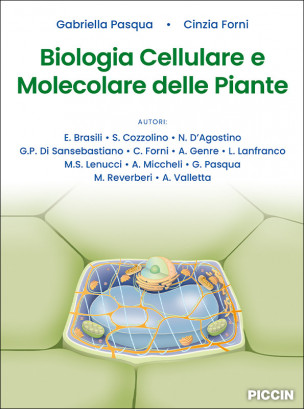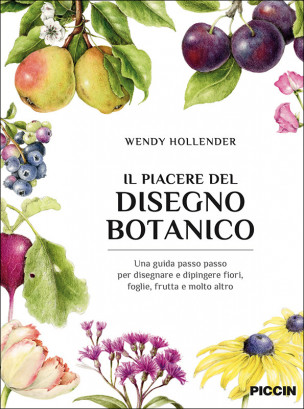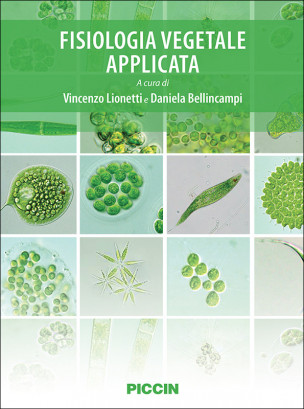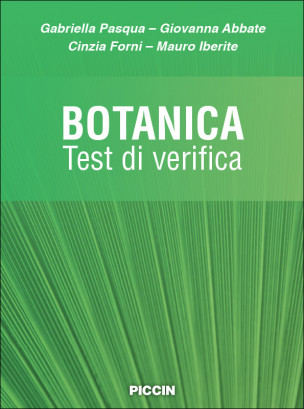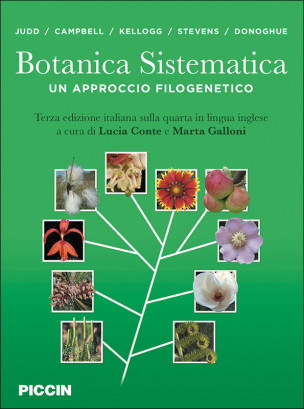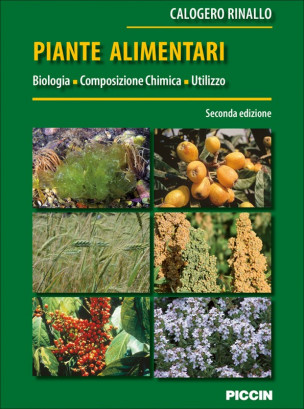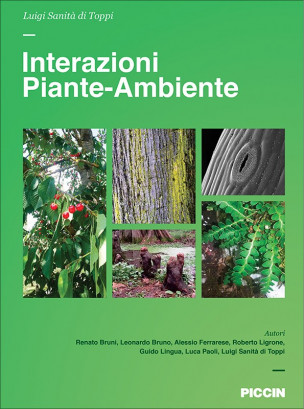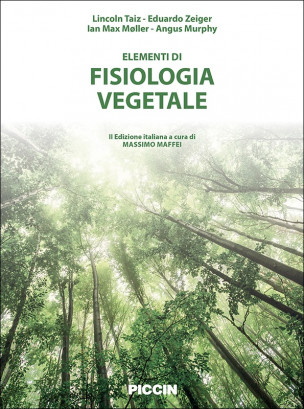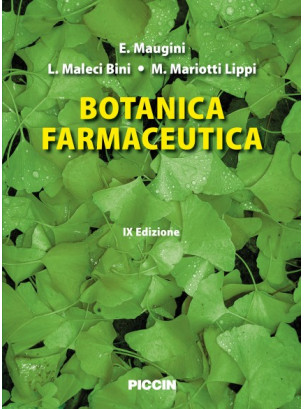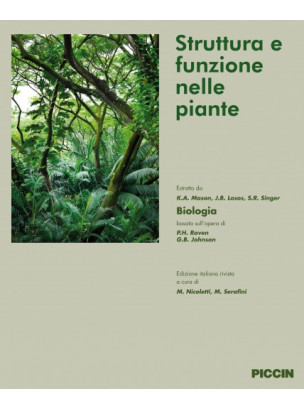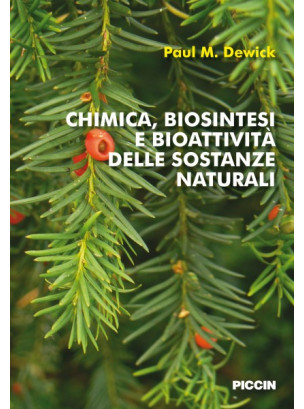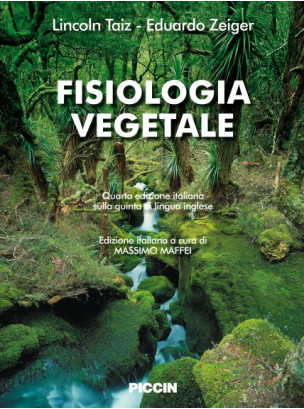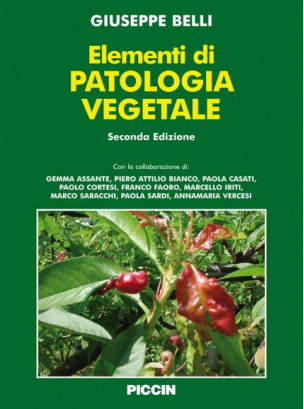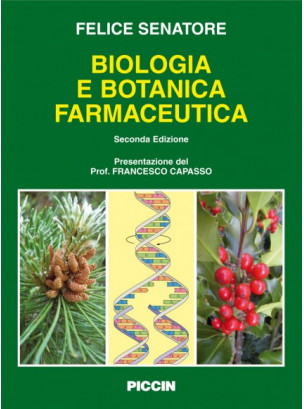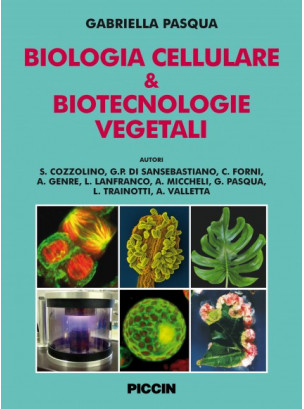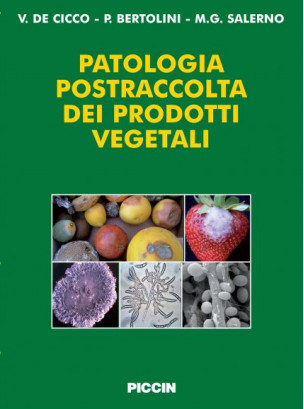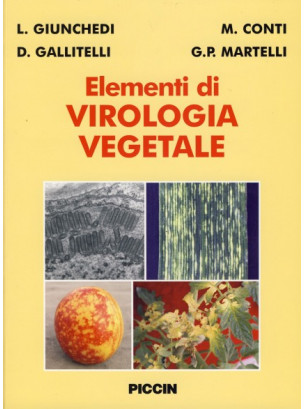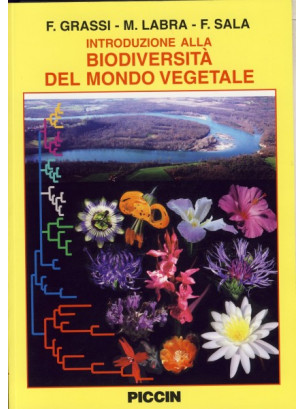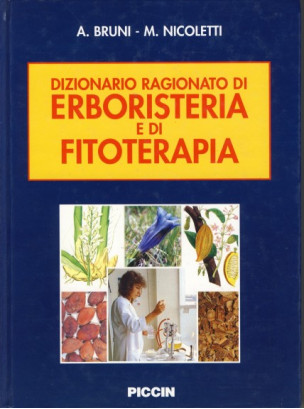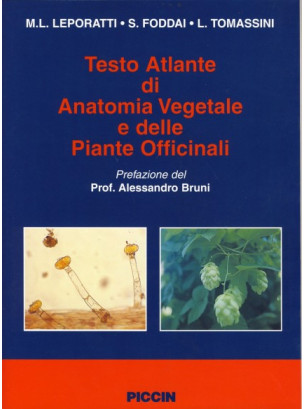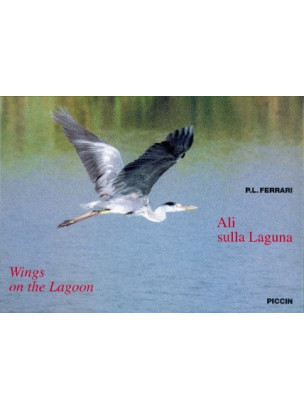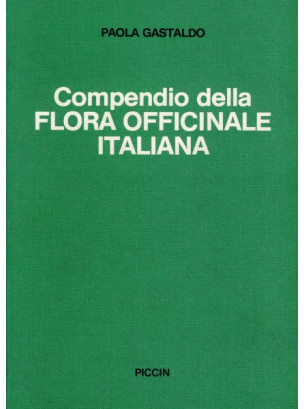Le Rose del Roseto Botanico "Carla Fineschi"
Fineschi
39,77 €
FOREWORD
Last January in Montreal several countries signed the convention on biodiversity and biosafety. This is a fixed point on which specific initiatives of conservation can be based. In a global picture of conservation, the regional authority of Tuscany is particularly concerned with safeguarding the genetic heritage of the region, as demonstrated by the passing of regional law 50/97 which “protects autochthonous genetic resources”, and law 56/2000 “regulations for the conservation and protection of natural and semi-natural habitats of wild flora and fauna, amendments to regional law No. 7, 23 January 1998, and amendments to regional law No. 49, 11th April 1995, first of its kind in Italy.
Based on the provisions of regional regulations, a catalogue of autochthonous germ plasm has been made and a special commission of experts set up. In addition, so as not to lose the very rich autochthonous genetic heritage, the regional authority of Tuscany has set up a germ plasm bank where varieties of plants threatened by extinction are conserved.
These initiatives are added to the numerous collections of cultivars that exist in Tuscany especially for species of trees and shrubs, and constituted by companies and scientific organisations, which have collected and catalogued plant cultivars of several species. It is a rich heritage that is important to make the most of and not to lose, even in view of the protection of biodiversity.
Among these collections, the “Carla Fineschi” botanical rose garden in Cavriglia (Arezzo) is especially important. It is one of the most important thematic botanical collections of roses in Europe. Its biological merit comes from the fact that both the species and the numerous selected hybrids of approximately 6,500 examples grown are present.
Examples from all over the world are preserved in the Cavriglia rose garden. There are many varieties and hybrids that are no longer commonly grown, and are today extremely rare. Therefore, it is easy to appreciate its importance as a collection of germ plasm and as a reserve for biodiversity which might otherwise be lost. The rose garden is also a very important “bank” of rose germ plasm, that nurserymen and hybridizers can use as a supply for propagation material and it can therefore be a reference point for the regional production of roses.
The creation and conservation of the rose garden is due to the endless physical intellectual and also financial contribution of Professor Gianfranco Fineschi, who has been taking care of the garden for many years.
Thus, the request by Professor Gianfranco Fineschi himself to publish the “Taxonomic catalogue of the botanical heritage of the rose garden of Cavriglia” was welcomed. It represents the first step in spreading the genetic heritage of the rose garden. The publication of a three-monthly report and a videocassette will follow.
This set of initiatives also represents the concrete interest that the regional authority of Tuscany is showing in protecting germ plasm and biodiversity, recognising that these aspects significantly contribute to conserving and spreading the image of our region throughout the world, and to protecting the interests of future generations.
MORENO PERICCIOLI
Councillor for agriculture, forestry, hunting and fishing
Region of Tuscany
No customer comments for the moment.


